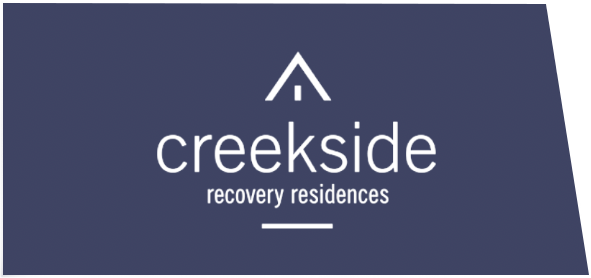Halfway Houses: A Crucial Step in Recovery
Halfway houses, also known as sober living homes or sober living residences, provide a supportive, structured environment for individuals in early recovery. These homes offer a safe space for residents to build their independence while maintaining the support system necessary to prevent relapse. Creekside Recovery Residences provides a variety of halfway house options, designed to help individuals successfully transition back to a fully independent life after completing addiction treatment.
How Does a Halfway House Work?
Halfway houses operate under specific guidelines that vary by residence but generally include the following features:
- House Rules: Residents must follow all house rules, which can include curfews, drug testing, participation in support groups, or completing household chores.
- Private and Common Areas: Many homes offer private bedrooms and shared common spaces, such as the living room, meeting areas, and kitchen.
- Support Services: Some halfway houses offer outpatient rehab, addiction case management, or other support services, while others require residents to attend a certain number of off-site meetings.
- Employment or Enrollment: Many homes require residents to be employed, actively searching for a job, or enrolled in a treatment program.
- Guest Policies: Most halfway houses do not allow guests on the premises to maintain a secure, substance-free environment.
The common goal of all halfway houses is to provide the necessary structure and support for individuals to rebuild their lives after addiction treatment.
Our Locations
- Tampa: Offering modern housing options for those in recovery, with a focus on addiction treatment and mental health management.
- Atlanta: Located in safe, desirable neighborhoods, our homes provide modern amenities such as smart TVs and Wi-Fi.
- St. Petersburg: Located just minutes from St. Petersburg beach, with easy access to 12-step meetings and employment opportunities.
Benefits of a Halfway House
The benefits of a halfway house vary based on each resident’s unique needs. However, most individuals experience the following:
- Personal Safety: Secure environments with locked doors, security cameras, and on-site staff help ensure the safety of all residents.
- Substance-Free Living: Residents are prohibited from bringing alcohol or drugs onto the premises, which minimizes exposure to substances and provides a controlled, safe environment for recovery.
- Supportive Community: Living with others who share similar recovery goals creates a sense of community and provides valuable peer support.
- Accountability: Halfway houses emphasize personal responsibility, with residents required to adhere to curfews, attend counseling, and participate in drug testing.
- Peace of Mind: Knowing they have a safe, supportive place to live allows individuals to focus on their recovery without the stress of finding housing during early recovery.
What Can You Bring to a Halfway House?
While halfway houses generally allow residents to bring personal belongings, there are some restrictions. Prohibited items include weapons, drugs, alcohol, and any toiletries containing alcohol. Recommended items to bring include:
- Clothing
- Toiletries
- Medications
- Personal items (photos, books, etc.)
- Legal documents (ID, insurance card)
How Long Does Someone Stay in a Halfway House?
The length of stay in a halfway house varies based on individual progress and house policies. While some programs set a maximum stay duration, others may extend or shorten the stay depending on a resident’s adherence to the house rules and recovery progress.
Many halfway houses set a minimum stay of three months, but some allow residents to stay for up to a year. At Creekside Recovery Residences, the minimum stay requirement is one month.
Who Is a Good Fit for a Halfway House?
Halfway houses are designed for adults who meet the following criteria:
- Have completed or are currently enrolled in an addiction treatment program.
- Lack the structure at home to support their recovery.
- Benefit from a substance-free environment.
- Are willing to follow house rules, including curfews and drug screenings.
- Can manage their personal care and daily living tasks independently.
If you’re not referred to a halfway house by a treatment program, the best way to determine if you’re a good fit is to speak with the house staff.
Find a Halfway House Now
If you or someone you care about is ready to take the next step in recovery, Creekside Recovery Residences can help. Our dedicated team will work with you to understand your needs and find the halfway house that best supports your recovery goals. Contact us today to learn more about our admissions process and find a halfway house that suits your needs.


